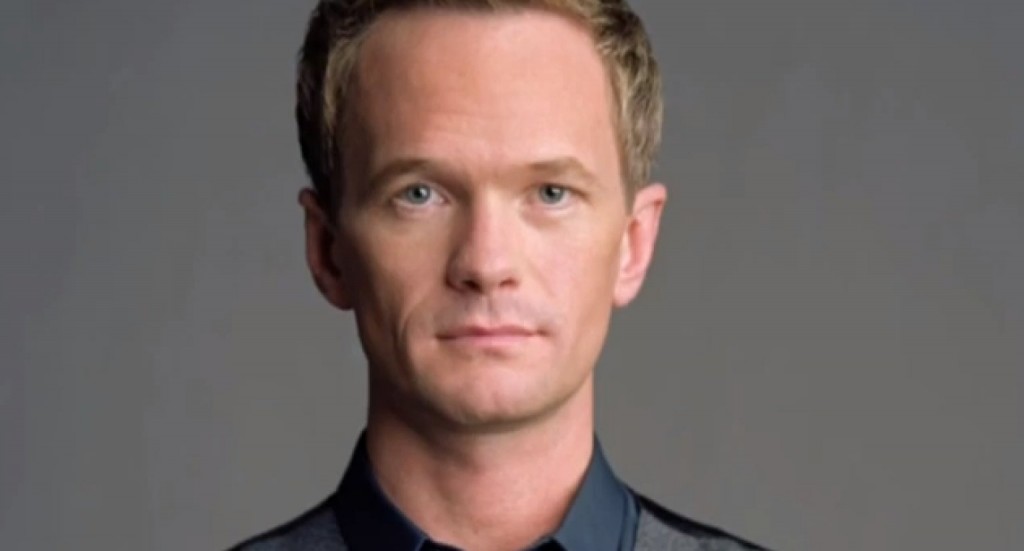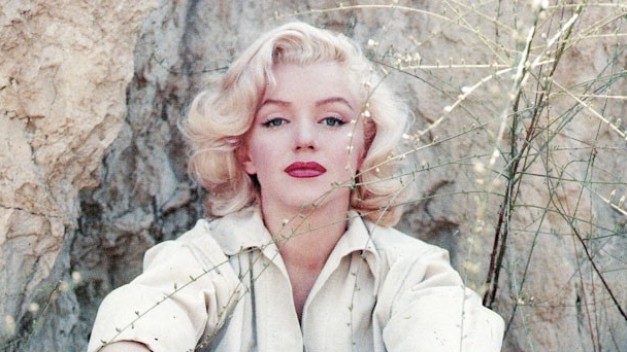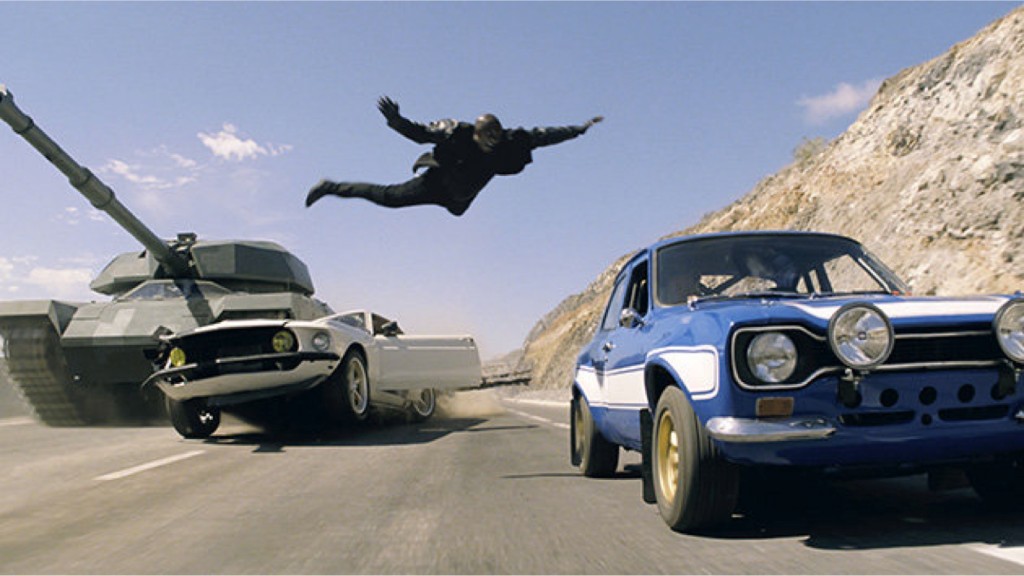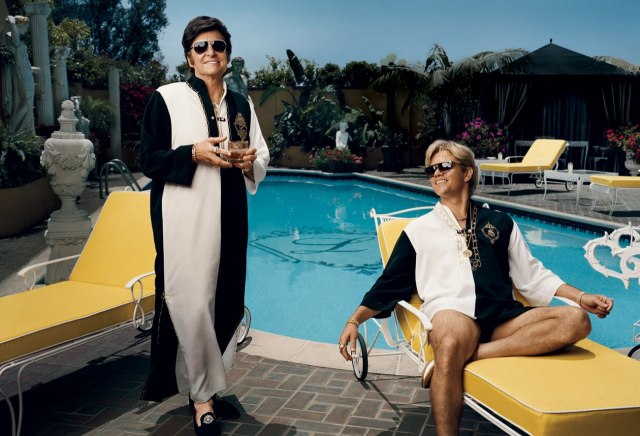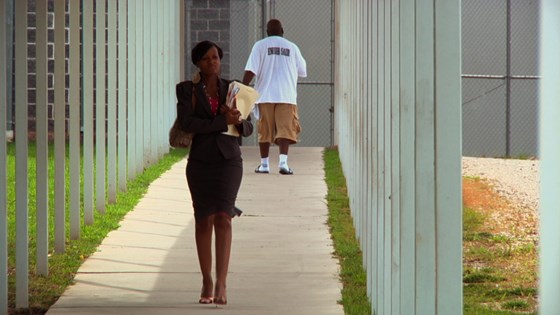
Gideon’s Army, another gem from HBO’s fine summer documentary series, explores the work of public defenders in the South. By defending indigent criminal defendants, these lawyers preserve the American legal principles of fair trials and the presumption of innocence. But the game is rigged against them – they are starkly under-resourced and, in the South, face shockingly high bail requirements and extremely severe mandatory sentencing laws. Each responsible for 120-150 cases at a time, they suffer long hours and low pay, defending the mostly guilty – a recipe for burnout. One PD even has had one client who planned to murder her in open court.
To tell this Sisyphean story, Gideon’s Army focuses on a handful of public defenders and their cases. There’s probably more optimism in the film than in real life (which is necessary, because a more realistic depiction would probably be depressingly unwatchable). It’s an important subject and a good watch. Gideon’s Army is currently playing on HBO.

